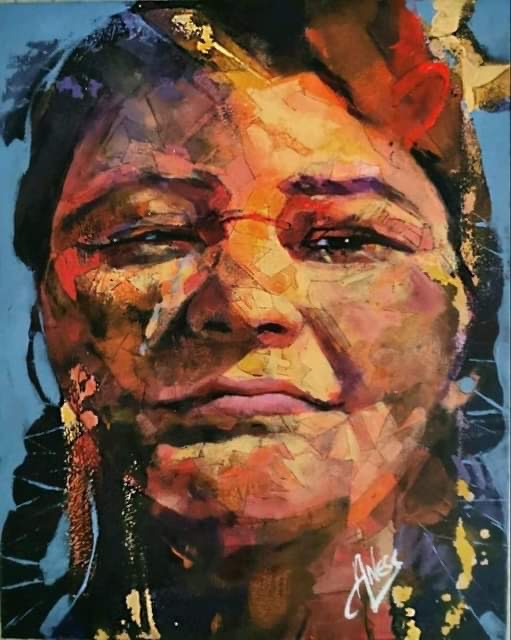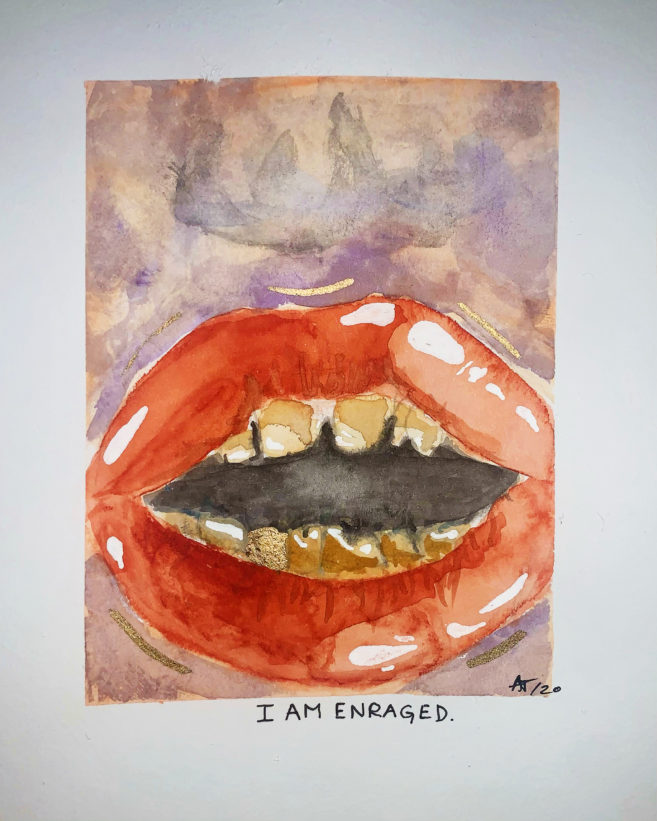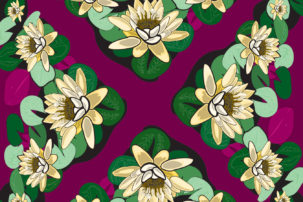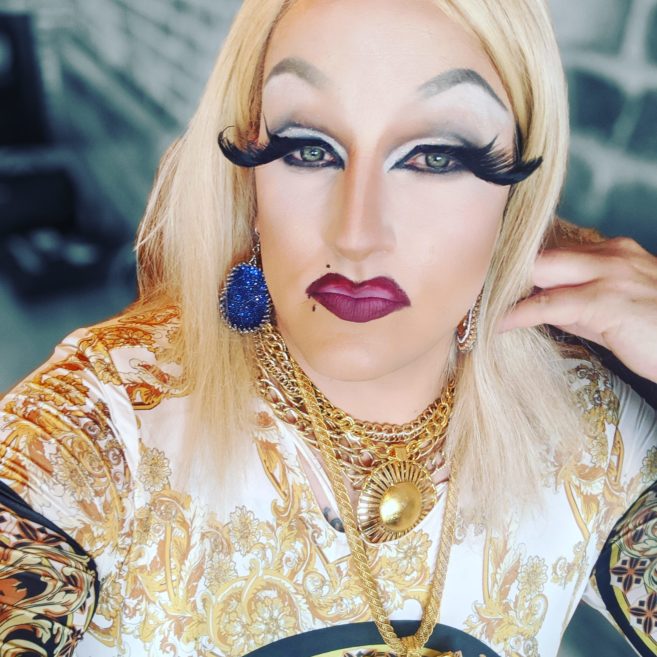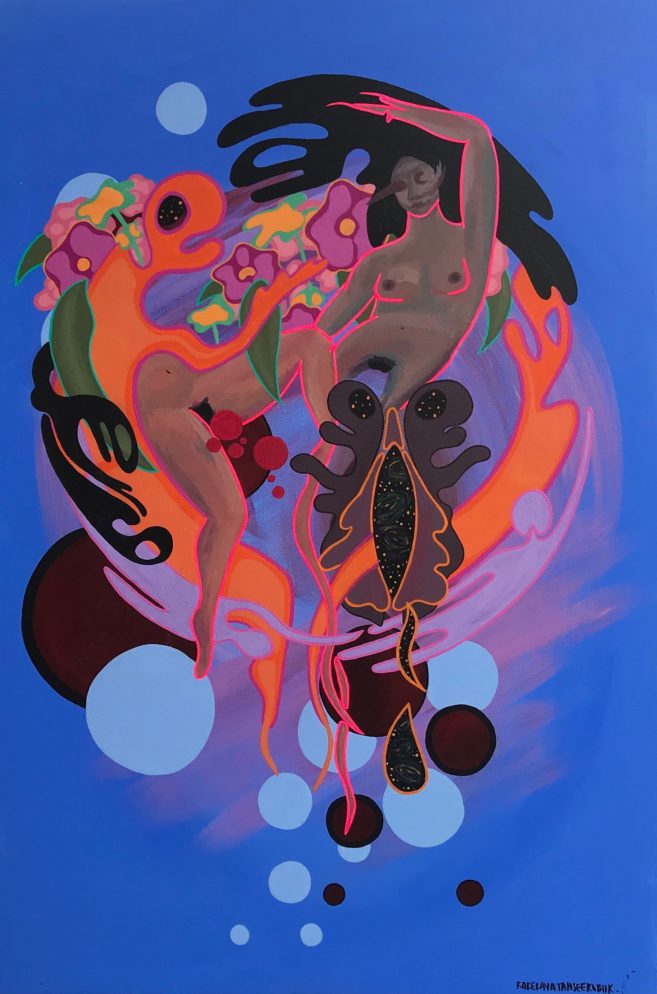What a glory feeling it is to sit in the sun
by the ocean side as tulugait and naujaait sing circling above
And scrape skins with centuries of Arnait guiding my ulu
An intimate relationship develops from skin to skin
An intergenerational transmission of traditional knowledge
An ideological shift in relations with the sila
The processes of pure ingenuity and the utmost respect for all
From birth to babe to the ultimate end
I imagine the journey of this particular seal,
reaching for the last breath
And all the journeys before that
Creations circle,
A life lived
An ending of sorts
A beginning of traditions
An innermost relationship blossoms
A deep appreciation of those before
I can feel the elation and gratitude from the young hunter as the act of melting snow in one’s mouth
The first of many to come
From fresh imiq transferred mouth to mouth
a long-established tradition of giving the seal a last drink begins
keeping the survival of livelihood breathing crisp Arctic air
As I tend to my qisiiq
I pull my skin over the avvik,
Scraping off the future oil for my qulliq,
I marvel at our ingenuity as Inuit
Our ability to make use of anything and everything around us
My ulu guides a shedding of grief
A loss of language and relation to land in the midst of being discovered
A removal of sorrow,
A rendering of warmth in the purest form
To be saturate summer’s harvest of maniq and suputiit
fusing together a bright future
I am guided by centuries of Arnait
My mother, my grandmother, my great-grandmother
Generations of strong and capable Inuit women who came before me
My body is remembering the strength within and the peace of know oneself
A connection nurtured by empathic insight
***
*tulugait – ravens *naujaait – seagulls
*Arnait – women *sila – weather
*imiq – water *qisiiq – sealskin
avvik – the board used to scrape fat and membrane off animal skins
qulliq – Inuit soapstone oil lamp
maniq/lamp moss – mixed with suputiit to use as wick for qulliq
suputiit /Arctic willow – mixed with maniq to use as wick for qulliq
pualuuks – mittens
kamiik – sealskin boots
*nuna – the Land
***
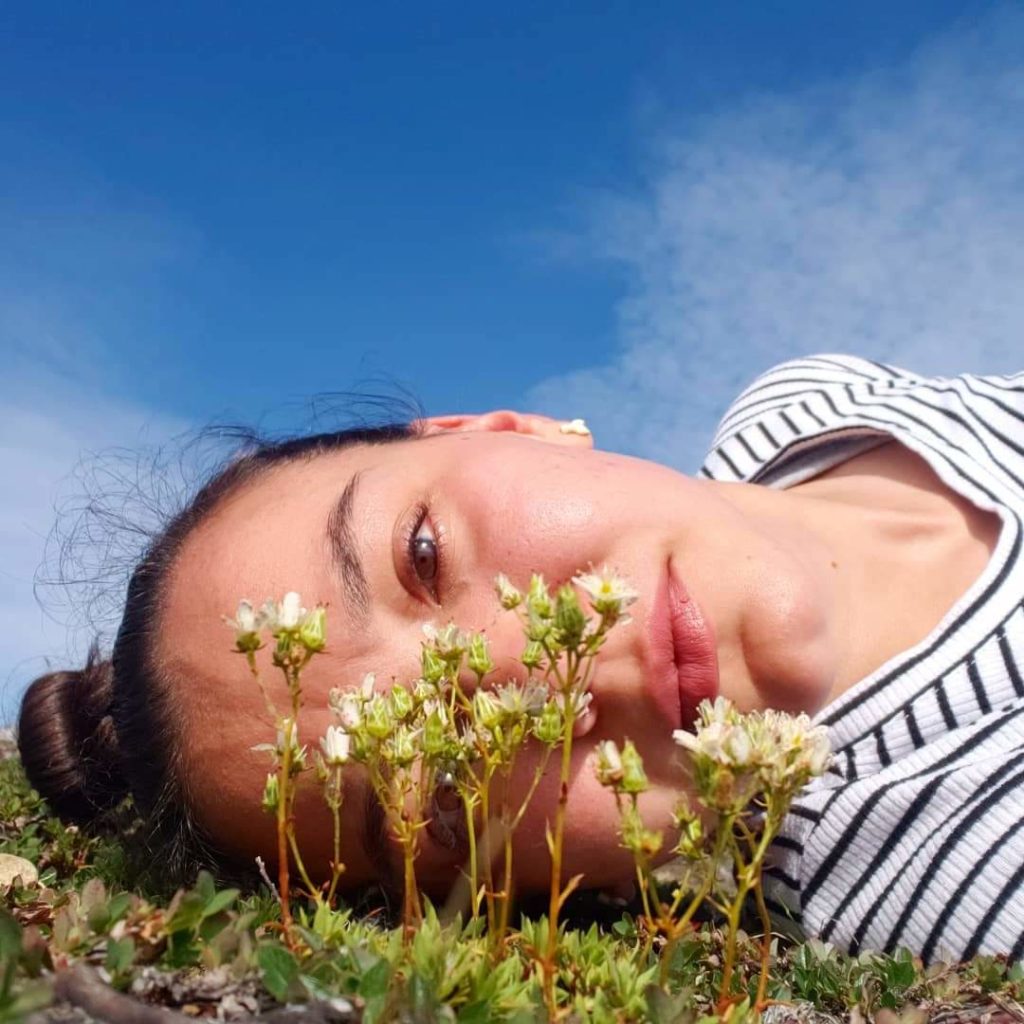 Ashley Kilabuk-Savard
Ashley Kilabuk-Savard
My grandmother was a seamstress; she made hats, sealskin pualuuks, kamiik, snow pants, parkas, backpacks, purses and just about anything from sealskin. She made garments for everyone in my family, and we had a very large family: I have five uncles, four aunties and twenty-six cousins just on my mom’s side, my Inuk side of the family. My grandfather was a great harvester; every year he would bring home polar bears, walruses, seals, caribou, Arctic hares, ptarmigans and fish. He was a beloved community member, and he would hunt often and share his catch with our family and the community. After transitioning from pre-colonial life on the Land to the settlement of Apex, Northwest Territories (now in Nunavut), he was able to secure work as a wildlife officer. He attended federal day school until grade three, but his education never stopped. He carried such rich land knowledge, he knew the language of the land and was always eager to share his teachings.
Both of my grandparents were a part of the first generation of Inuit to survive colonialism in Nunavut. I don’t think southern Canada comprehends how recently that was. My grandmother would have turned 70 this year; she was born in 1950. Both she and my grandfather were born on the Land in outpost camps and grew up in a post-contact, pre-colonial world until adolescence. They witnessed the immense pain, loss, fear and hopelessness that followed assimilation. It took me years to comprehend that rapid change and the damages that colonization left behind. I regret not asking more about their lives, childhood and personal thoughts on their ever-changing world, but I am so thankful to have memories full of harvesting Arctic animals and creating garments with love and care.
I like to think that I’ve inherited my love for the Land and animals from my grandparents. I grew up watching my grandfather flense many seals in his kitchen as family, friends and community members trickled in for a feast. The next day I would watch my grandmother prepare and treat the sealskin pelt, a long, multi-day process. I’ll admit I never watched too closely, nor took mental notes of the essential knowledge and traditional practices that were a part of my everyday life growing up. It wasn’t until these traditional practices and knowledge became less accessible, having lost both grandparents, that I realized how essential it is to keep these skills alive and well-practised. I can’t sew like my grandmother or hunt like my grandfather, but I carry those same values of care, love and utmost respect for the animals around us.
Each sealskin pelt carries many stories and layers of decolonization and cultural revitalization. One seal, having lived many lives, journeys from hunter to stomach to seamstress, not necessarily finding a forever home but fulfilling a purpose of survival. When I work with sealskin, it is a celebration of Inuit culture and resourcefulness. It is a way to educate and advocate for sustainable Inuit hunting practices. I create sealskin jewellery and accessories as a way to connect with my Inuit culture. I am still growing as an artist and learning new ways to hone my craft.
***
I crave so deeply the traditional knowledge that colonialism has stolen,
my rightful heritage borrowed by time
The clock is ticking I worry, too much time has passed as our fervid knowledge-holding Elders linger longingly for knowledge-hungry youth
Our Elders
the gatekeepers who hold so tenderly our ancestral world,
keep them safe as we need them more than the Land itself
Days like these create a rooted yearning to burrow underneath tundra, to encompass the soil, rock and permafrost
And await maturation and deepen my roots across this land, this nuna that is my home and my being
This is an article from our special all-Indigenous digital issue, “Sovereignty.”

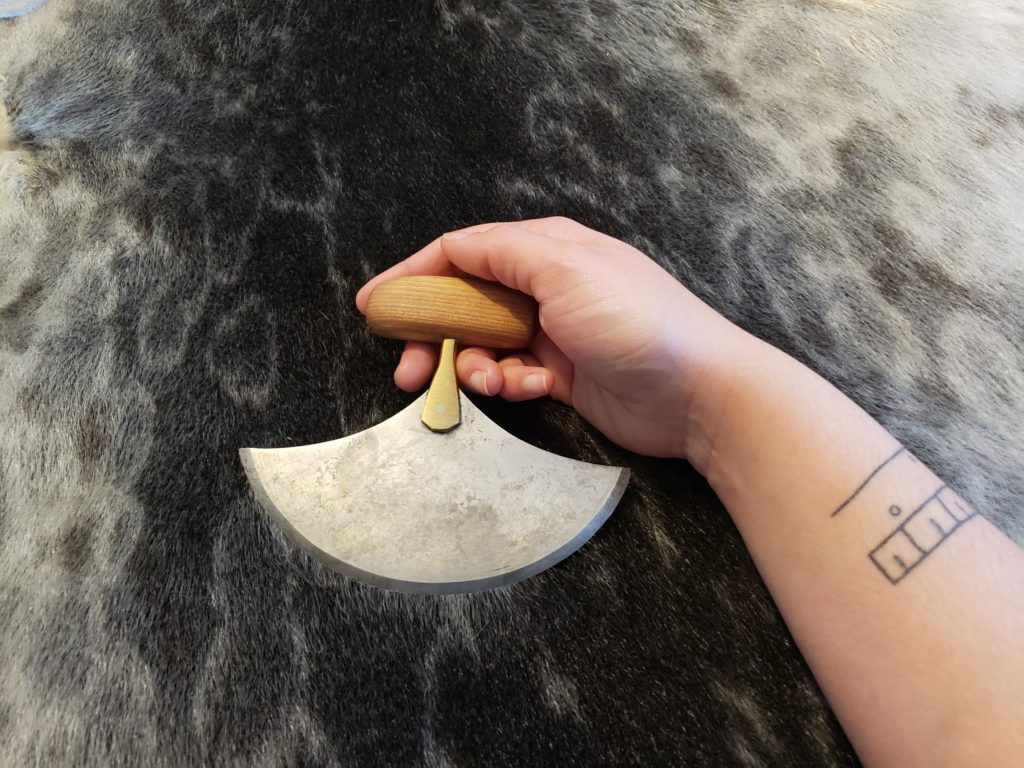 Ashley Kilabuk-Savard, Ulu, 2020. Courtesy the artist.
Ashley Kilabuk-Savard, Ulu, 2020. Courtesy the artist.
